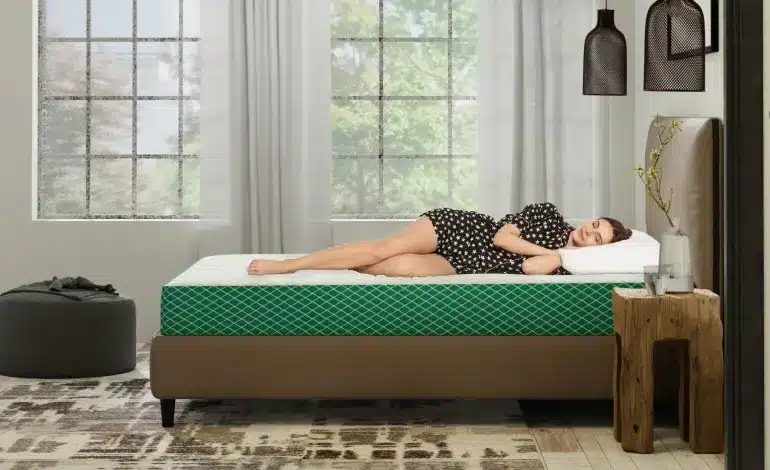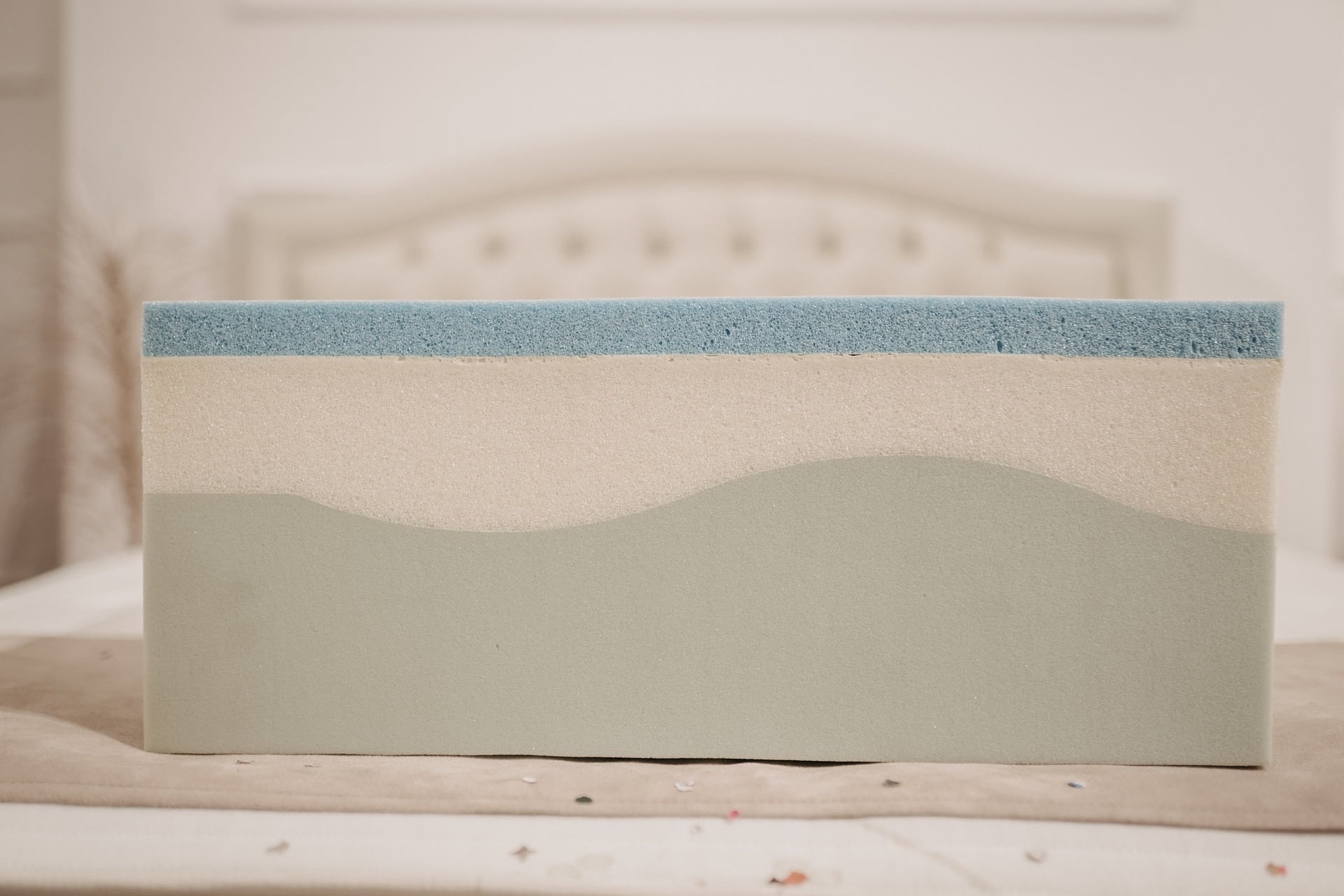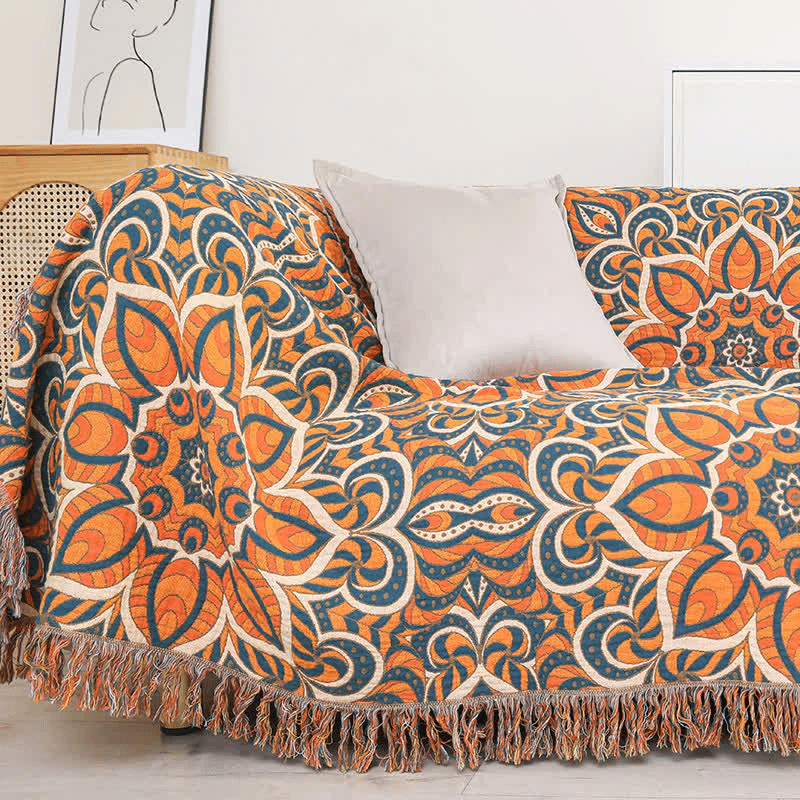Your Guide to Buying the Perfect Mattress for a Great Night’s Sleep
Finding the perfect mattress is essential to ensuring a good night’s sleep and well-being. A quality mattress can alleviate discomfort, support your body correctly, and significantly improve your sleep quality.
In this guide, we’ll help you understand what to look for in a mattress, emphasizing the benefits of quality mattresses and how they might be the right fit for you.
Here’s what you need to know:
1. Understand Your Sleep Needs

Identifying your specific sleep needs is the first step in choosing the right mattress. Your preferences and any health issues you may have will influence your choice.
- Sleeping Position: Your sleeping position is crucial in determining the right mattress for you. Side sleepers often need a softer mattress to cushion their shoulders and hips. A medium-soft mattress can help alleviate pressure points and ensure a comfortable night’s sleep. Back sleepers generally require a medium-firm mattress to support proper spinal alignment without causing discomfort. Firmer mattresses are often better for stomach sleepers because they keep the hips from sinking too far, which can cause back pain.
- Health Considerations: If you experience chronic back pain, you’ll want a mattress that offers good support to maintain spinal alignment. Memory foam mattresses or hybrids with supportive layers can be beneficial. If you have joint issues or arthritis, a mattress that conforms to your body and relieves pressure points, such as a memory foam or a hybrid mattress, might be ideal. Additionally, consider any allergies to materials such as latex or synthetic foams when selecting your mattress.
2. Benefits of Buying Quality Mattresses
Quality mattresses are well-regarded for their unique blend of comfort and support, making them a strong contender in the mattress market.
- Hybrid Design: Look for mattresses with a hybrid design, combining memory foam with innerspring coils. This design provides the contouring comfort of memory foam and the durability and support of coils. The memory foam layer adapts to your body’s shape, offering pressure relief and a comfortable sleep surface. The innerspring coils add support and help maintain the mattress’s shape over time.
- Comfort and Support: Consider mattresses engineered to offer a balance of softness and support. The memory foam layer provides a plush feel while relieving pressure points, ideal for those with joint or back pain. The coil system underneath provides essential support, ensuring your spine stays aligned throughout the night.
Dreamcloud mattresses include the features mentioned above and provide the ultimate comfort. If you’re wondering who sells Dreamcloud mattresses, they are available through a range of authorized retailers and online stores. This widespread availability makes it easy to find a Dreamcloud mattress that suits your needs and budget.
3. Types of Mattresses: An Overview

Understanding the different types of mattresses can help you make a more informed decision based on your needs and preferences.
- Innerspring: Innerspring mattresses use a network of coils for support. They offer a firm feel and good breathability but may lack the contouring comfort of memory foam. They are a traditional choice and are known for their durability and support.
- Memory Foam: Memory foam mattresses are renowned for their exceptional comfort and pressure-relieving qualities due to their ability to mold to the body’s shape. Modern memory foam mattresses also have cooling elements to help with heat retention.
- Hybrid: Hybrid mattresses combine memory foam and innerspring coils to balance comfort and support. They are designed to provide the contouring benefits of foam with the support and breathability of coils, making them a versatile choice for many sleepers.
- Latex: Latex mattresses are made from natural or synthetic latex and offer a firm, responsive feel. They are durable, hypoallergenic, and typically more breathable than memory foam. They are a good choice for those who prefer a firmer surface and have allergies.
4. Mattress Firmness: What’s Right for You?
Choosing the right firmness level is crucial for your comfort and sleep quality.
- Soft: Soft mattresses provide a plush feel and are ideal for side sleepers who need extra cushioning for their shoulders and hips. They can also be suitable for those who enjoy a more enveloping feel.
- Medium: Medium-firm mattresses offer a balance of support and comfort. They are versatile and work well for back and combination sleepers, providing adequate support while also offering some cushioning.
- Firm: Firm mattresses are generally preferred by stomach sleepers or individuals who need extra support to maintain proper spinal alignment. They help prevent the body from sinking too deeply and can reduce the risk of back pain.
5. Mattress Size: Finding the Perfect Fit

Selecting the appropriate mattress size is essential for comfort and space utilization.
- Twin: Twin mattresses are ideal for children or smaller rooms. They provide adequate space for single sleepers but may be too small for adults.
- Full: Full-size mattresses offer more space than twins and are suitable for single adults or couples who prefer a cozier sleeping arrangement.
- Queen: The queen mattress is the most popular size, providing ample space for couples and individuals who prefer extra room to spread out.
- King and California King: These sizes offer the most space and are ideal for larger bedrooms or those who want extra room to stretch out. They are especially suitable for couples or individuals who need more sleeping space.
6. Mattress Materials and Construction: What to Look For
The materials and construction of a mattress significantly impact its comfort, durability, and overall performance. Understanding what to look for can help you make a more informed choice.
- Materials: High-quality materials contribute to a mattress’s longevity and comfort. Consider durable materials like high-density foam, natural latex, or premium coils. These materials often ensure better support and resilience, reducing the risk of sagging over time.
- Construction: A mattress’s construction affects how it feels and performs. For instance, a mattress with multiple layers of foam and a robust coil system can offer enhanced support and comfort. Pay attention to features like edge support, which helps prevent the mattress from collapsing at the edges, and zoned support systems that provide targeted firmness for different areas of your body.
Selecting the perfect mattress is crucial to achieving a restful night’s sleep and overall well-being. You can make an informed decision by understanding your sleep needs, exploring various mattress types, and considering factors such as materials, durability, and warranties.
Mattresses with memory foam and innerspring coils offer a great combination of comfort and support. With many available options, finding one that suits your needs is easier than ever. With the right mattress, you’ll get better sleep and wake up refreshed daily.







